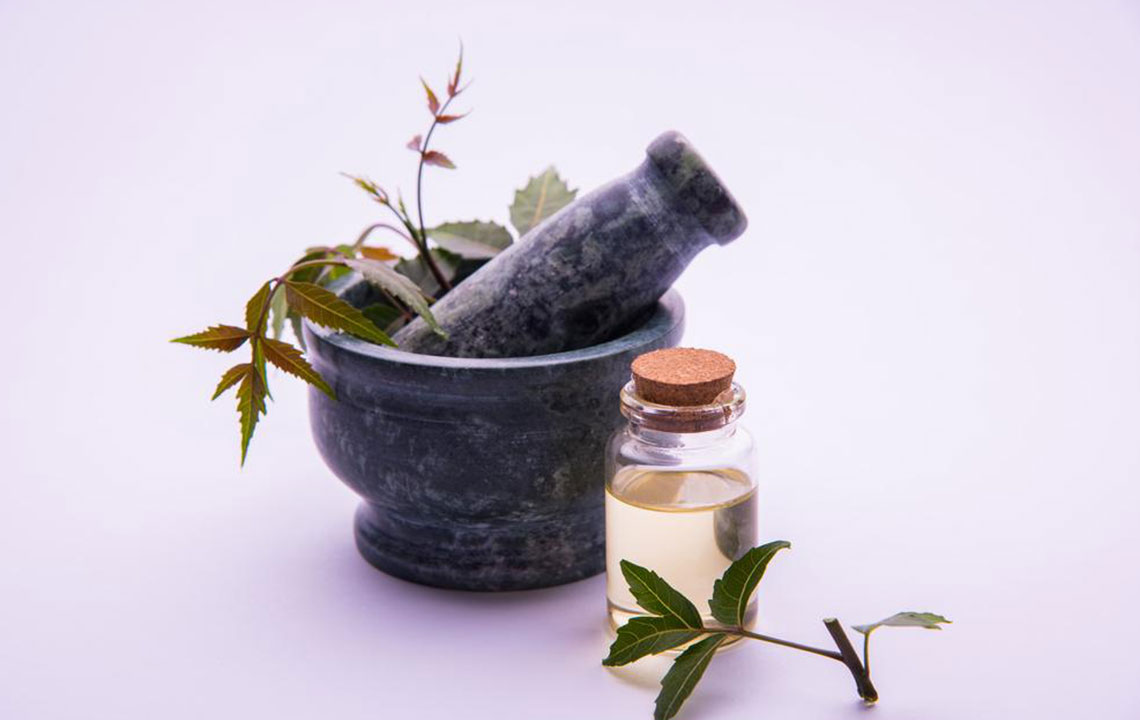A Few Essential Home Remedies for Nerve Pain

Those who suffer from nerve pain often have to live with the painful symptoms for long. Some of this nerve pain related condition or neuropathic pain might get better with treatment but it can take some months or years to get over nerve pain completely. Sometimes this nerve pain does not heal soon enough and it is necessary to consult doctors to treat neuropathic pain. However, some home remedies can also be tried for relieving nerve pain.
Causes of nerve pain
Neuropathic pain is a result of nerve damage. This problem is generally caused due to medical conditions such as chemotherapy and diabetes. However, the real causes of nerve pain are not clearly understood and still remain unknown. Almost half of the people who have suffered from nerve pain try alternative approaches for treating nerve pain as these have shown good results.
- Keep a tab on your diabetes: People who suffer from diabetes need to keep blood sugar level under control. Having normal blood sugar level could be a viable way of keeping diabetic nerve pain under control.
- Walking often: The nervous system in people who do exercise on a regular basis often release a natural painkiller known as endorphins. Blood flow to the nerves of the feet and legs is also promoted by exercise. A long-lasting expansion of blood vessels in feet happens through regular exercise. This nourishes the damaged nerves and offers nerve pain relief. People who wish to reduce the nerve pain through this strategy can begin with a daily walk and can gradually increase the pace and distance of their daily walk.
- Pampering the feet: In cases when the feet are affected by nerve pain, ample care of the feet should be taken. Nerve pain can lead to impaired sensation and can result in injuries and pain. This risk can be reduced by examination of the feet on a daily basis and wearing comfortable shoes. Injury to the feet, howsoever little it might be, should be treated well in time to reduce the incidence of nerve pain.
- Soak the pain away: The least expensive and most helpful solution for nerve pain relief at home could be a warm bath. This increases blood flow to the legs and helps in relieving the stress levels. The water temperature should, however, be checked else it can cause burns which might be a problematic situation eventually and you could end up harming yourself.
- Reduce the consumption of alcohol: Alcohol consumption in excess quantity is also bad for nerves and can worsen this pain in people who have been suffering from nerve pain. Though there is no clear indication on what quantity would suffice for a person so that they do not suffer from any kind of nerve pain; however, it is recommended that people who are prone to nerve pain should not take more than 4 drinks in a week. Non-adherence to this limit is likely to cause nerve pain and aggravate the symptoms of the problem.
- Have a healthy sleep pattern: Nerve pain can get worse during night hours. Often the sleeping pattern of a person is disrupted and they find it difficult to sleep peacefully. This irregular pain can always be corrected by following a good sleep pattern. A person who suffers from nerve pain should ideally limit the intake of caffeine and follow a sleep time of at least 8 hours so that health and peace go hand in hand.
- Burn the pain out: A cream made out of hot chili peppers known by name of Capsaicin cream can be used to reduce the intensity of nerve pain. This cream will have a burning sensation in the initial phase but once used on a regular basis will give you the desired relief.
- Use oils: Use of geranium oil can also help soothe the nerves and offers desired relief in case of nerve pain. Lavender oil is also known to have relaxing effects and can take the mind of a person away from the tingling nerve pain.
Over the counter medications for Nerve Pain
- Use of tropical painkillers: There is a range of over the counter creams which can be used to relieve conditions related to nerve pain. These work like a local anesthetic and will ideally numb the pain in the areas where they are applied. A distinct advantage of such tropical painkillers is that these can be used in the precise area where the pain struck.
- Supplements and vitamins: Nerve pain in many cases can also be caused due to a deficit of vitamin B12. An injection of vitamin B12 supplements can also be taken if required.
- Painkillers: Popular over the counter medications like aspirin and ibuprofen can also be taken to reduce the incidence of nerve pain. However, these should not be taken without the advice of doctors in any case.


